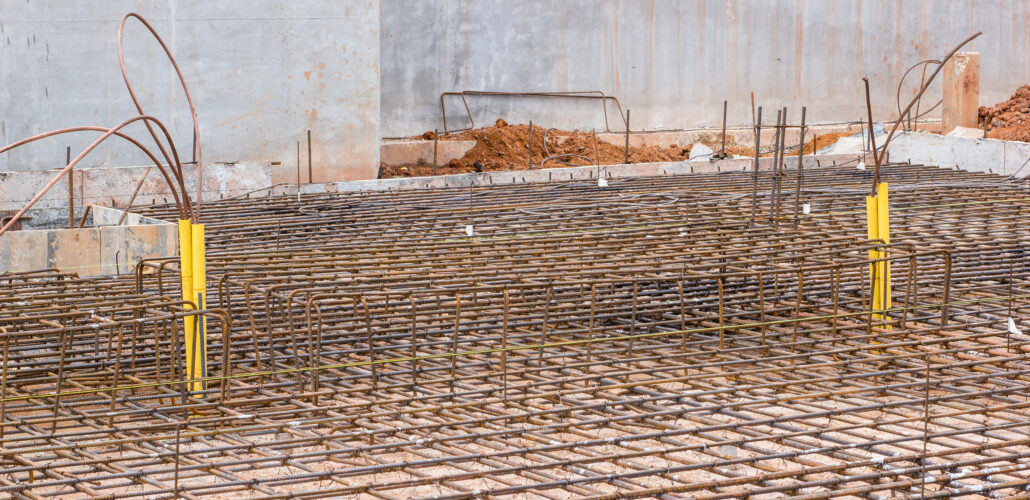Handy Earthing Guidelines
The earth mesh is a key component in the design and operation of substations. The purpose, function, and design considerations of substation earth meshes are detailed, along with practical examples.

Image for illustration purposes.
Introduction
Proper earthing (also known as grounding) is essential for the safety and reliability of electrical systems. It ensures that any fault currents are safely diverted to the ground, preventing electric shocks, equipment damage, and fire hazards.
Importance of Earthing
Earthing is crucial for several reasons:
- Safety: Protects people from electric shocks by providing a path for fault currents.
- Equipment Protection: Prevents damage to electrical equipment by stabilizing voltage levels.
- Fire Prevention: Reduces the risk of fire caused by electrical faults.
Types of Earthing Systems
- TN System (Terra Neutral):
- TN-S: Separate protective earth (PE) and neutral (N) conductors.
- TN-C: Combined PE and N conductors.
- TN-C-S: Combination of separate and combined PE and N conductors.
- TT System (Terra-Terra):
- Separate earth electrodes for the consumer and the utility.
- IT System (Isolated Terra):
- The neutral is either not connected to earth or connected through a high impedance.
Components of an Earthing System
- Earth Electrode: A conductor buried in the ground to provide a direct connection to the earth.
- Earthing Conductor: Connects the electrical system to the earth electrode.
- Equipotential Bonding: Connects all exposed conductive parts to the earthing system to ensure they are at the same potential.
Earthing Methods
- Rod Earthing: A metal rod driven into the ground.
- Plate Earthing: A metal plate buried in the ground.
- Strip or Wire Earthing: A metal strip or wire buried in a horizontal trench.
Installation Guidelines
- Location: Choose a location with low soil resistivity to improve the effectiveness of the earthing system.
- Depth: Bury the earth electrode deep enough to reach moist soil, which has better conductivity.
- Connections: Ensure all connections are secure and corrosion-resistant.
- Testing: Regularly test the earthing system to ensure its effectiveness.
Maintenance
- Inspection: Periodically inspect the earthing system for signs of corrosion or damage.
- Testing: Perform regular earth resistance tests to ensure the system remains effective.
- Documentation: Keep detailed records of all inspections, tests, and maintenance activities.
Common Issues and Solutions
- High Soil Resistivity: Use multiple electrodes or chemical treatment to reduce soil resistivity.
- Corrosion: Use corrosion-resistant materials and protective coatings.
- Loose Connections: Regularly check and tighten connections.
Conclusion
Proper earthing is a fundamental aspect of electrical safety and reliability. By following these guidelines, you can ensure that your earthing system is effective and compliant with relevant standards.
Source: Electrical Engineering Portal
#corrosion resistance#earth electrode#earth resistance#earth resistance testing#earthing#earthing conductor#Electrical safety#equipotential bonding#fault currents#grounding#inspections#maintenance#plate earthing#power systems#rod earthing#soil#soil resistivity#strip earthing#switchgear



